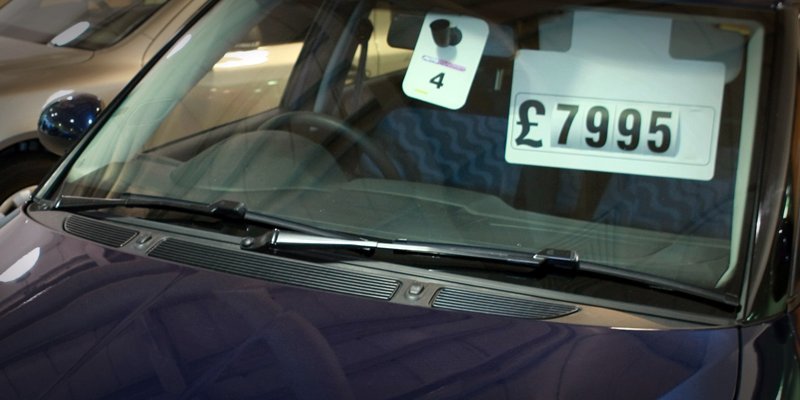The recession has hit car sales hard. Our motoring editor looks at the opportunities for a bargain in 2012.
January is usually the best month to buy a new car and, even considering the difficult secondhand market, that remains true.
With wallets empty after Christmas, most buyers remain dormant until spring. So those who do venture to their local dealership at this time of year are likely to be given a hero’s welcome.
The depths of winter are a particularly smart time to buy a convertible. Prices for drop-tops spike in summer time, but during the coldest months demand is low and buyers will find themselves in a strong bargaining position.
The only real exception to the ”winter is best” buying strategy is those looking for 4x4s. Two of the harshest winters on record have driven values up and in Scotland at least, 4x4s are no longer seen as ”planet killers” or ”Chelsea tractors.” Instead they’re regarded as smart purchases to cope with the sometimes punishing Scottish weather.
But this winter has been a mild one and if many more weeks continue without snowfall, prices for big 4x4s are predicted to dip.
The recession has affected Scots’ car-buying habits, with a lot of people downgrading to cheaper cars three or more years old.
Car value specialists Glass’s anticipates demand in this sector will remain strong through 2012 and beyond, and people selling vehicles five or more years old or under £5,000 should have no trouble finding a buyer.
The rising cost of keeping, maintaining and running a car has seen many people downsize, replacing saloons and hatchbacks with smaller cars, where circumstances permit.
Demand for cars like the Toyota Yaris and Ford Ka has never been higher, and this trend is set to continue through 2012 as people look to reduce the slice of their income that goes on motoring.
Car ownership is not going to get cheaper in the coming years so those considering buying a car new or old should look for a vehicles with low running costs.
When it comes time to sell, they’ll hold their value much better than more powerful and less economical models.
